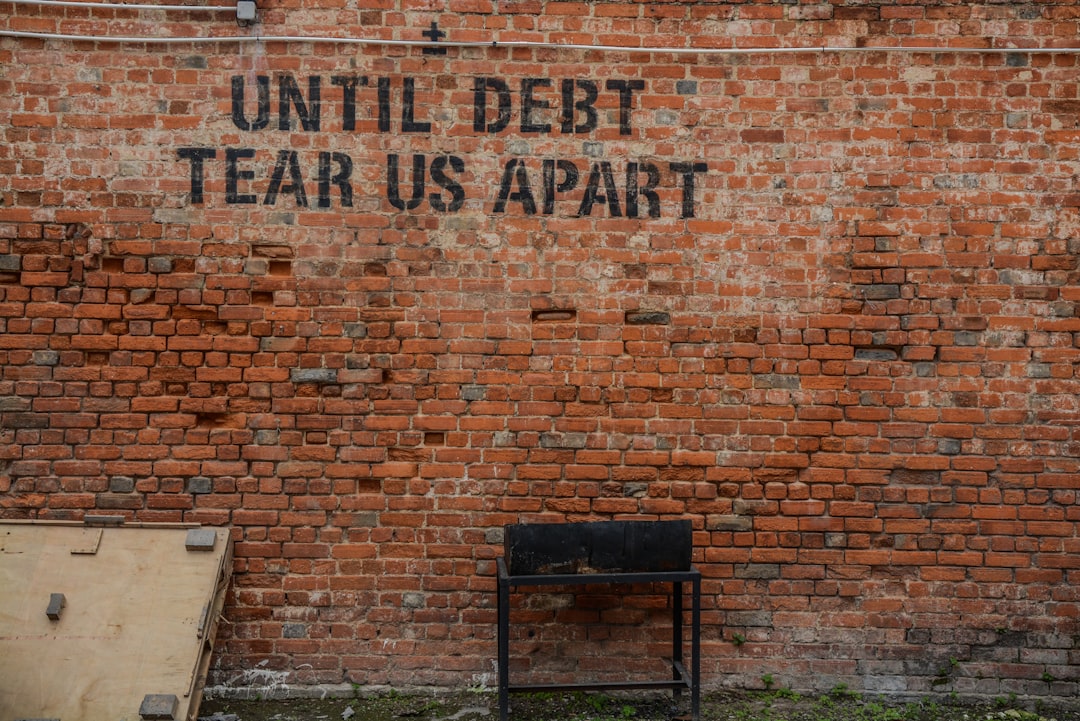Bad credit debt consolidation loans offer individuals with low or poor credit scores a way to combine high-interest debts into a single loan with potentially lower rates and fixed monthly payments. However, these loans come with higher interest rates and may require collateral or a co-signer. Before deciding, borrowers should evaluate their financial situation, compare terms, consider associated fees, and assess their ability to make cuts for repayment. Both loan refinancing and debt settlement methods are available, catering to various credit profiles. Securing long-term debt freedom requires an honest assessment of income, fixed expenses, and variable spending, along with strategies like the debt snowball method to prioritize smaller balances first.
Struggling with multiple credit card debts? Bad credit debt consolidation loans could be your path to financial freedom. This comprehensive guide explores strategies to reduce monthly payments and manage overwhelming debt effectively. We’ll delve into understanding bad credit consolidation loans, evaluating your unique financial situation, popular methods like debt snowball vs. avalanche, and creating a sustainable plan for long-term debt relief.
- Understanding Bad Credit Debt Consolidation Loans
- Evaluating Your Financial Situation for Effective Consolidation
- Popular Debt Consolidation Methods and Strategies
- Building a Sustainable Plan for Long-Term Debt Freedom
Understanding Bad Credit Debt Consolidation Loans

Bad credit debt consolidation loans are designed to help individuals with low or poor credit scores consolidate their high-interest debts into a single, more manageable loan. These loans offer several benefits, such as lower interest rates, fixed monthly payments, and the potential to save money in the long run by reducing overall debt. However, it’s crucial to understand that these loans come with higher interest rates compared to those with good credit, and they may require collateral or a co-signer.
When considering bad credit debt consolidation loans, borrowers should carefully evaluate their financial situation, including their income, existing debts, and ability to make consistent payments. It’s also essential to shop around for the best terms and conditions, compare interest rates, and understand the potential fees associated with these loans. A thorough understanding of these factors can help individuals make informed decisions, ensuring that debt consolidation is a suitable and effective strategy for their financial recovery.
Evaluating Your Financial Situation for Effective Consolidation

Before considering debt consolidation, it’s crucial to evaluate your financial situation thoroughly. This involves understanding the extent and nature of your existing debts, including credit card balances and their corresponding interest rates. A significant factor in effective debt consolidation is identifying loans with high-interest rates that are difficult to manage. These often include bad credit debt consolidation loans, where lenders offer terms tailored to borrowers with lower credit scores.
Assessing your monthly income, fixed expenses, and discretionary spending is essential. This analysis will help determine if there’s room to cut back on certain expenses to free up funds for repayment. By meticulously reviewing these aspects, you can make informed decisions about which debts to consolidate and the potential impact on your financial health in the short and long term.
Popular Debt Consolidation Methods and Strategies

Debt consolidation is a powerful tool for managing and reducing credit card debt, especially for those with bad credit. Two popular methods include loan refinancing and debt settlement. Refinancing involves taking out a new loan with a lower interest rate to pay off existing debts, streamlining monthly payments into one manageable amount. This strategy is ideal for individuals with relatively good credit who want to save on interest expenses in the long term.
On the other hand, debt settlement offers a more aggressive approach by negotiating with creditors to reduce the overall debt balance. While it may result in higher interest rates or penalties, settling debts can significantly lower monthly payments and provide a faster path to debt elimination. Bad credit debt consolidation loans cater to borrowers who might not qualify for traditional refinancing options, offering specialized financing solutions to help them regain financial control.
Building a Sustainable Plan for Long-Term Debt Freedom

Building a sustainable plan for long-term debt freedom is crucial, especially when dealing with bad credit debt consolidation loans. The first step involves evaluating your financial situation honestly. Determine your income, fixed expenses, and variable spending. This will help you understand how much you can realistically allocate towards paying off your debts. A common strategy is the debt snowball method, where you prioritize paying off smaller balances first while making minimum payments on others.
This approach provides quick wins and momentum, boosting motivation. Once smaller debts are cleared, you can direct that saved money towards tackling larger ones. This method ensures a steady progression towards financial freedom, even with bad credit. Remember, consistency is key; staying committed to your plan will lead to significant improvements in managing your debt over time.
Debt consolidation is a powerful tool for managing credit card debt, especially for those with bad credit. By understanding your financial situation and exploring various consolidation methods, you can significantly reduce monthly payments and work towards long-term freedom from debt. Remember, each person’s journey is unique, so tailor these strategies to fit your needs and always seek professional advice when needed. With the right approach, achieving debt consolidation goals is within reach.
